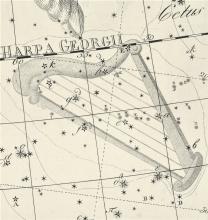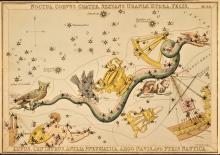Listen to today's episode of StarDate on the web the same day it airs in high-quality streaming audio without any extra ads or announcements. Choose a $8 one-month pass, or listen every day for a year for just $30.
You are here
Quadrantid Meteors
A meteor shower that might have been born with the destruction of a comet is at its best tonight. It typically reaches peak rates of about a hundred “shooting stars” per hour — one of the busiest of all meteor showers. But the peak typically lasts no more than a couple of hours, so it’s a tough shower to watch.
It’s called the Quadrantid shower, for the extinct constellation Quadrans Muralis. It’s part of present-day Bootes, which climbs into view in the wee hours of the morning. If you trace the meteors across the sky, their paths all intersect in that region.
The Quadrantids appear to be associated with an asteroid. Recent research suggests it’s a fragment of a comet that split apart more than 500 years ago. The break-up created a cloud of rocky debris that spread out along the comet’s orbit. That path is turned almost perpendicular to Earth, so we punch through it like a runner breaking the tape at the end of a race, sweeping up some of the comet dust.
The trail of debris is pushed around by the powerful gravity of Jupiter, which might have been responsible for the comet’s breakup. By a thousand years from now, it might push the meteor stream so much that it’ll no longer intersect Earth’s orbit — and the Quadrantids will disappear.
For now, look for the meteor shower late tonight. The best view comes in the wee hours of the morning. And the Moon is nowhere in sight — leaving perfect conditions for the celestial fireworks.
Script by Damond Benningfield






